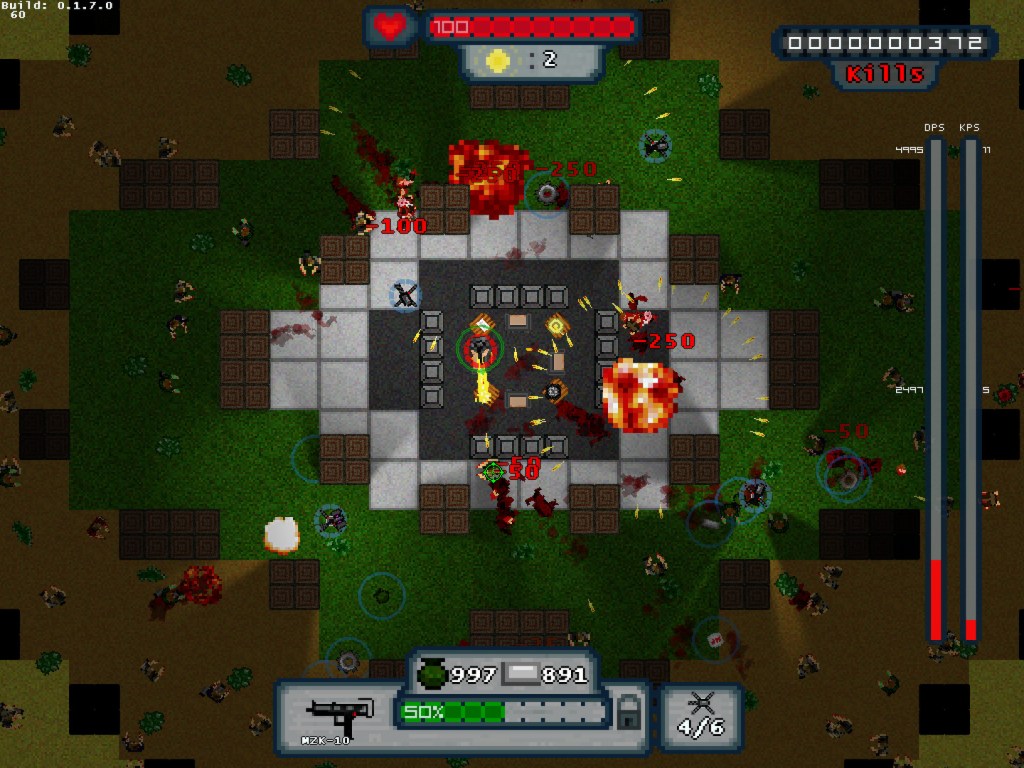Maxis, the developer behind The Sims, originally wanted all the sims to speak English. Technical limitations prevented that and the team had to use a fallback option—gibberish, or “Simlish,” based on obscured language such as Navajo or Esperanto. That tidbit is just one of the many revelations from a series of design documents and a video The Sims programmer and artist Don Hopkins released earlier this week.
The documents cover four different iterations of The Sims design documents from August and October of 1998. One of the drafts includes handwritten notes. To nail Simlish, the team tried several different languages, even bringing in native Ukrainian and Estonian speakers before settling on “Charlie Brown speak.”
Videos by VICE
The documents also cover one of The Sims earliest controversies—the inclusion of same-sex relationships. Maxis had weathered a controversy related allegations of homophobia at the company after it released SimCopter and fired a gay programmer for including an LGBTQ easter egg. “The whole relationship design and implementation…is heterosexist and monosexist,” the documents said. “We are going to be expected to do better than that after the SimCopter fiasco and the lip service that Maxis publically gave in response about not being anti-gay.”
On Twitter, Hopkins shared an early build of the relationship tree that The Sims used to map out the early stages of relationships between sims. On YouTube, he posted a video walking through The Sims Steering Committee, an early build of the game that Hopkins said “we distributed internally at EA to convince them please not to cancel our poor little game.”
It’s rare to see design documents for a video game, and rarer still to see them for a game as popular and beloved as The Sims. The pages of notes, ideas, and sketches reveal how tiny details, and an eye towards polished created one of gaming’s most beloved franchises.




